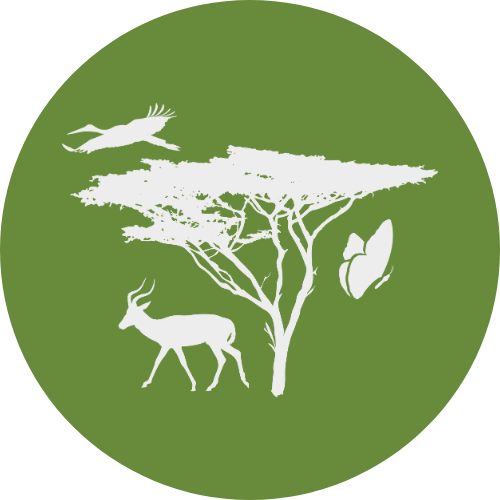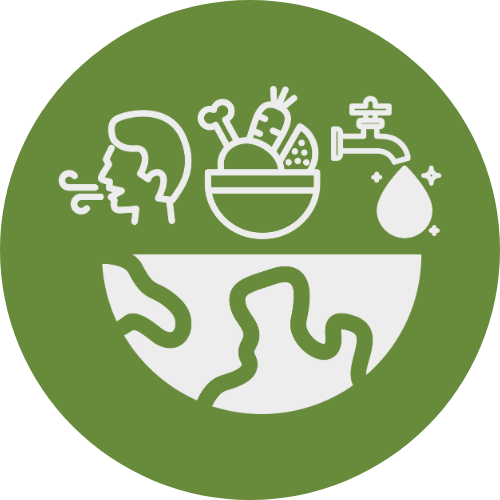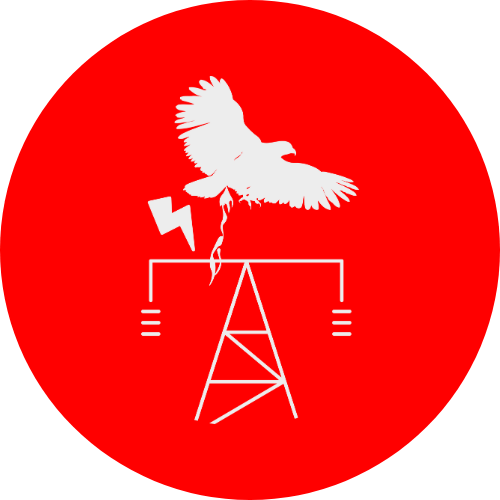EASTERN CAPE STRATEGIC CONSERVATION LANDSCAPE
 The Eastern Cape Strategic Conservation Landscape is one of South Africa’s most diverse and ecologically rich regions. Stretching from the semi-arid Karoo to lush forests and coastal grasslands, it is home to more than 7,000 plant species and a wide variety of wildlife, including the Big Five, the Amatola Toad, and the Critically Endangered Albany Adder. These ecosystems support both people and biodiversity, but face growing threats from habitat loss, land degradation, and a changing climate.
The Eastern Cape Strategic Conservation Landscape is one of South Africa’s most diverse and ecologically rich regions. Stretching from the semi-arid Karoo to lush forests and coastal grasslands, it is home to more than 7,000 plant species and a wide variety of wildlife, including the Big Five, the Amatola Toad, and the Critically Endangered Albany Adder. These ecosystems support both people and biodiversity, but face growing threats from habitat loss, land degradation, and a changing climate.
The EWTs work in this landscape is rooted in collaboration with local communities, landowners, and government partners. Together, we are restoring forest and grassland habitats, protecting vital water sources, and helping people adapt to climate impacts. We focus on approaches that strengthen livelihoods while caring for the land. This includes supporting sustainable farming, reconnecting fragmented habitats through conservation corridors, and improving the health of ecosystems that people rely on every day.
To support this work long-term, we are developing sustainable finance mechanisms and working to ensure that biodiversity goals are aligned with local economic needs and improving the legal protection for threatened species and habitats. We also monitor species through Bioblitzes and other scientific tools to guide where action is most needed. Through these combined efforts, we are helping to build a connected, climate-resilient landscape – one where ecosystems are restored, communities are strengthened, and people and nature grow together.
Why it’s important
The Eastern Cape’s ecosystems provide vital services like water catchment, soil fertility, and carbon storage, directly supporting agriculture, eco-tourism, and thousands of jobs. Water sources sustain urban and agricultural needs, while healthy soils bolster livestock farming.
Wildlife reserves attract international tourists, creating employment in guiding, hospitality, and conservation. Iconic species like the Albany Adder and Amatola Toad thrive here. However, habitat loss, climate change, and unsustainable development threaten biodiversity, natural resources, and livelihoods essential to community survival.
So What?
If we fail to protect this landscape, we risk not only losing rare species, but also the natural systems that provide water, food, and improved livelihoods for local communities.
Vision
A thriving, connected landscape where ecosystems, communities, and land use work sustainably for the benefit of biodiversity, people, and the environment.
Target Species
Landscape Size
31,845 KM²
Why we do it

protect biodiveristy
Lead collaborative efforts to safeguard species and rebuild life-sustaining ecosystems, working with, for example, governments, landowners, and Indigenous Peoples and Local Communities (IPLCs).

secure vital ecosystem services
Healthy ecosystems provide essential services like clean air, water, and food security.

Empower communities
Enable IPLCs to thrive through nature-based solutions that connect conservation with human well-being, equity, and sustainable livelihoods.

build a sustainable future
Embed biodiversity into corporate strategies and operations to deliver measurable positive outcomes for nature and create resilient, future-fit businesses.

Improve climate Resilience
Build climate adaptation and resilience into conservation efforts to protect biodiversity and human well-being.

Enhance water security
Prioritise the safeguarding of critical freshwater systems and catchments across Africa's threatened landscapes.
Cross cutting approaches

People in conservation unit
Co-developing and implementing conservation management approaches to ensure sustainable conservation impact and benefit sharing.

Wildlife and Infrastructure unit
Reducing infrastructure impacts on species and habitats.

Biodiversity and Business Unit
Supporting the integration of biodiversity into corporate strategy and operations, to achieve measurable positive biodiversity outcomes.

Sustainable Finance Unit
Focusing on mobilising financial resources to support conservation efforts.

Wildlife in Trade Unit
Disrupting and preventing illegal wildlife trade in the landscape.

Conservation Tools and Technology Unit
Discovering new species and understanding species distributions to inform conservation priorities in the landscape.
